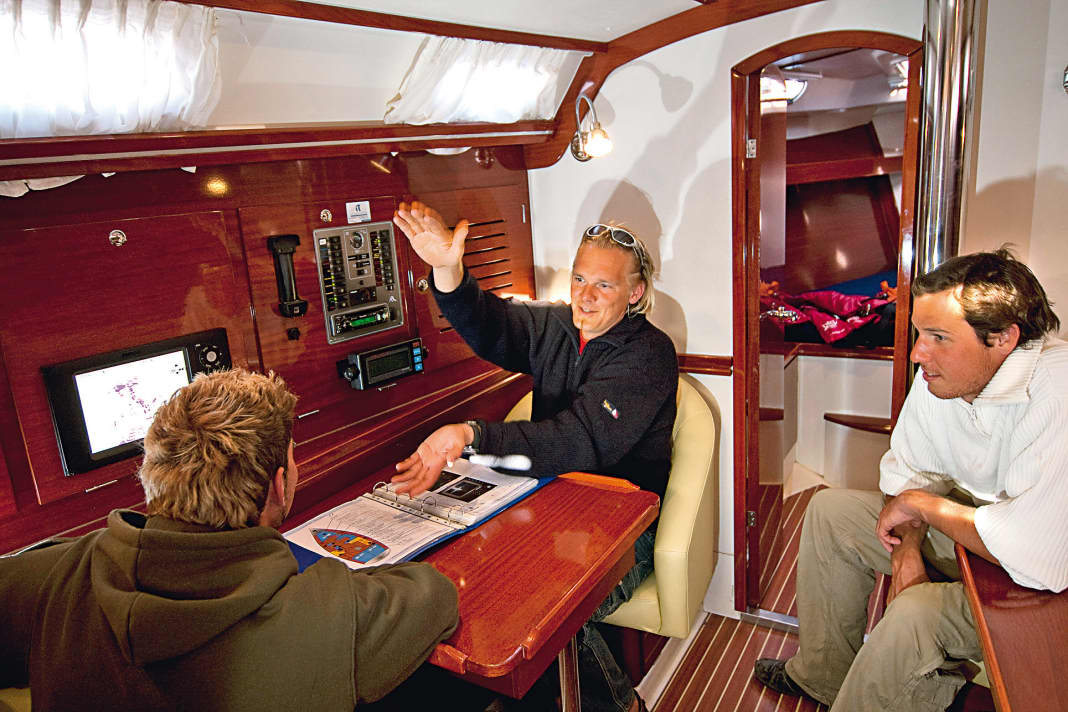





We have got to the bottom of these myths:
Jetty wisdom - everyone knows them. The irrefutable facts about sailing: "Good boats can still carry full sail even at 6 Beaufort", for example. Or: "Plastic coatings on wooden boats are shrouds." "Keeping a logbook is mandatory" is also one of them.
But not everything is true. In many cases, the answer is: it depends. Established wisdom is often simply wrong. And yet they continue to haunt the pontoons and clubhouses like zombies. A good reason to take a critical look at them.
Experts debunk the myths
What could be more obvious than consulting people who are in daily contact with the issues in question? Designers, mechanics, riggers, sailmakers and electronics engineers - they all know what they are talking about. And they are at the cutting edge of modern technology. Because what was right in the past is not necessarily still right today.
"Radar doesn't work at close range" is one example of sailing myths. This is true for older magnetron tubes. Modern broadband devices, on the other hand, have an almost impressive resolution in the immediate vicinity of the yacht. An example of: It depends.
"Paper nautical charts are irreplaceable on board" is a counterexample: this myth is true. They are even mandatory, as only commercial shipping is allowed to navigate purely electronically, subject to strict conditions. This means that printed signposts are still in use on board.
The myth that stainless steel is an ideal material for shipboard culverts is simply wrong - the alloys are too different, only very few of which are really suitable for use in seawater and most of which the ball valves are not made of, and the origin and actual composition of the material is often too obscure. Anyone who trusts the radio bridge here is actually putting themselves in danger.
Get into gear when sailing!
With a fixed-pitch propeller, do you have to put the gear lever in reverse to prevent the gearbox from spinning during sailing and thus wear?
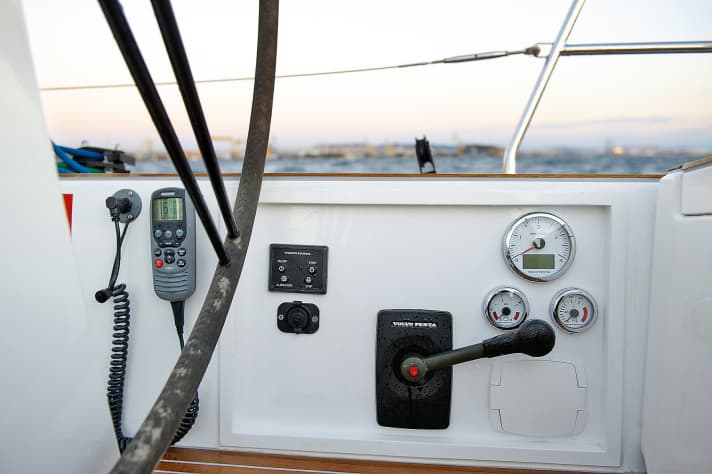
ZF is one of the largest manufacturers of transmissions in the world. Its portfolio also includes mechanical and hydraulic transmissions for yachts and saildrives. Günther Köppel from ZF says: "It simply doesn't matter when it comes to mechanical transmissions and saildrives. Only hydraulic gearboxes require new oil pressure to be built up every few hours when the prop is turning. The engine has to be started once for this."
Volvo also doesn't care whether the prop turns or not, as long as it is a saildrive or mechanical transmission.
Not so with Yanmar: "A fixed propeller means a permanent load on the transmission. That's not good, it causes slippage," says Stefan Reher from Yanmar importer Friedrich Marx in Hamburg. This also applies to mechanical transmissions and saildrives.
Logical: If the yacht has a rotary or folding propeller, the reverse gear must of course be engaged. This is because the blades only align themselves in a flow-optimised manner when the shaft is blocked. However, this also means that there is virtually no load on the gearbox, so there is no risk of damage.
It is also clear that when the fixed propeller is turning, there is slight wear on the star bearing and shaft seal, which corresponds to that when the engine is running. However, the prop brakes less under sail.
Conclusion: It is therefore not absolutely necessary to engage a gear - disproving the myth.
A floor assembly made of steel is better than one made of GRP!
It is the backbone of the yacht. Most shipyards build it from plastic, others swear by steel
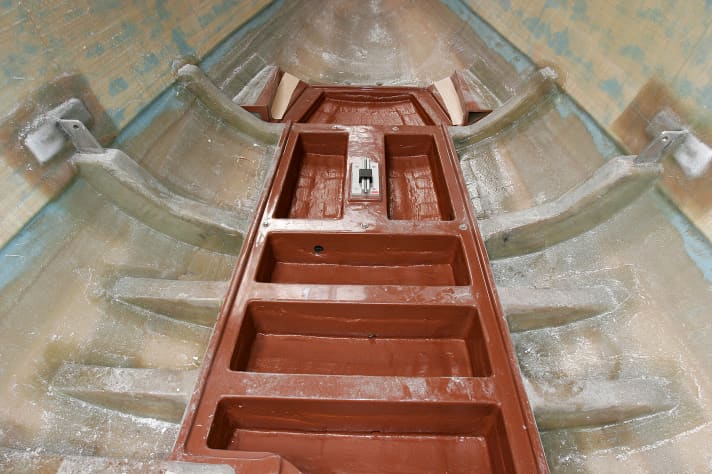
Steel can be deformed more and can therefore absorb more force from a grounding before it suffers permanent damage than an equally strong structure made of glass or carbon fibre fabrics with resin, which is significantly more brittle. Or to put it another way: on the same boat, a GRP strongback would break if it hit the ground in the same way, while a steel frame would remain undamaged. Because it can absorb greater forces, a steel frame is usually less high than an equally strong plastic frame, as the height increases the strength but reduces the interior height. So for strength reasons, steel wins.
If it is galvanised, however, the problems begin. If the galvanisation is damaged, the frame begins to rust in the seawater environment of a bilge. The connection to the hull using fibreglass fabrics must also be carried out very carefully. Composite expert Helge von der Linden knows another disadvantage: "Once the steel frame has deformed, the ship is actually a total loss - because welding is just as impossible as replacing it. However, a GRP strongback can always be repaired, even in the ship."
Conclusion: The pros and cons for steel and GRP are evenly balanced - there is a clear tie between the materials.
Only pack sails dry!
Myths about storing sails: Do the cloths break as soon as they get wet in the bag? What is the situation with laminate sails?
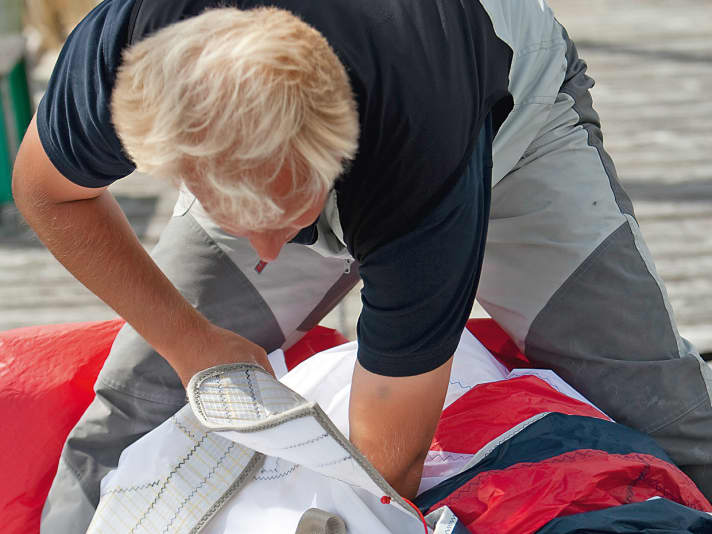
"Dacron gets mould stains, small black spots; the sail doesn't break," explains Jörg Müller-Arnecke from Beilken Sails. However, the stains are not pretty. So it's better to pack the sail away dry.
Not so with laminate. If this is defective, the water remains between the layers and rots, and the sail starts to smell unpleasant. If the film is intact, however, nothing happens. However, if there is a protective taffeta layer on the outside of the sails, which is often the case with cruising laminates, it starts to mould, which also smells bad and leads to the layer peeling off.
Conclusion: Clear case - better dry!
Old traps as mooring lines!
A second life as a line in the harbour? Some people believe they can make the investment of yesteryear more profitable this way
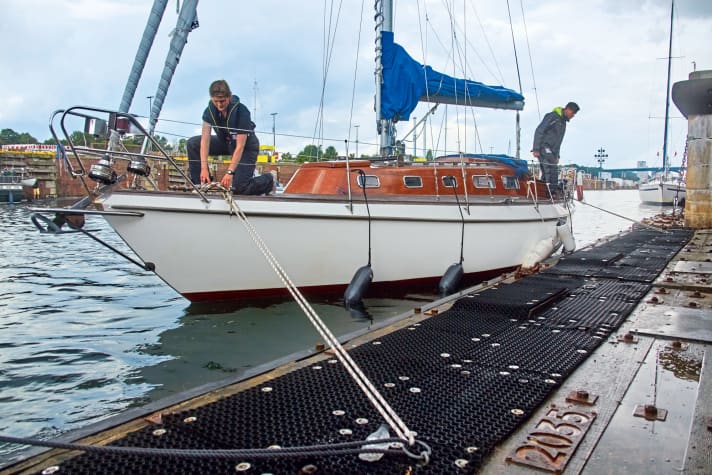
The purpose of a sheet or halyard is to hold a sail in a set shape; therefore, such a line should stretch as little as possible. A mooring line, on the other hand, should give a little in order to be able to dampen the sail when it is furled and thus relieve the load on the fittings on deck. "The abrasion resistance of a sheet that has been exposed to UV light for a long time is also no longer guaranteed. We therefore strongly advise against using them as mooring lines," says Frank Gottesmann, Product Manager at Liros. Exception: If you want to protect the good mooring lines from algae in locks, you can use the old treasures for a short time.
Conclusion: Old traps should be sorted out, not reused!
The gap is the drive!
The propulsion is to be generated between the foresail and the main - from the so-called nozzle
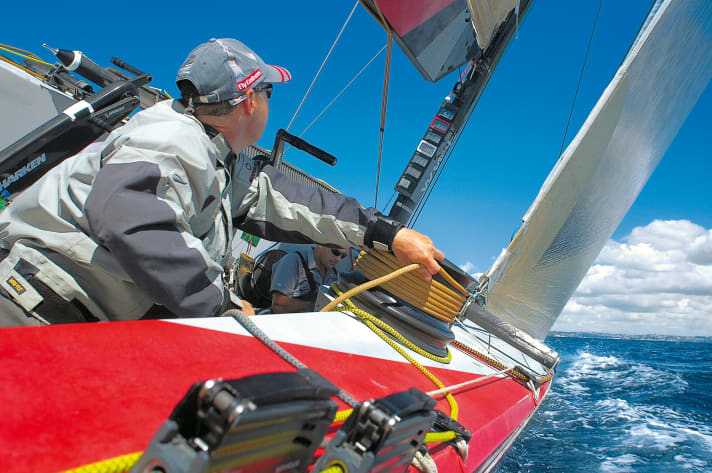
If there was a nozzle there to provide propulsion, a boat would not be able to move forwards with just the foresail. "The nozzle thing has been disproved for years. But I can still remember myself that you weren't allowed to stay there during regattas in the past so as not to reduce propulsion," says Jörg Müller-Arnecke from Beilken Sails.
However, it is true that the leech of the genoa is parallel to the shape of the mainsail when optimally trimmed - but only so that the air can flow laminar along the sail and does not have to go round any corners; this would actually slow it down. "Of course both sails work better together, and of course the headsail ensures a good inflow to the main. But that's a different principle to the idea of a nozzle," continues the sailmaker.
The diagram shows the flow velocities around the sails. The speed and thus the negative pressure is greatest on the outside of the genoa, where the main propulsion is generated; between the sails, the wind speed tends to decrease due to overpressure.
Conclusion: So the nozzle between the foresail and mainsail is clearly one of the myths.
Better let the engine warm up!
Start the jockey long before the start? Does that help?
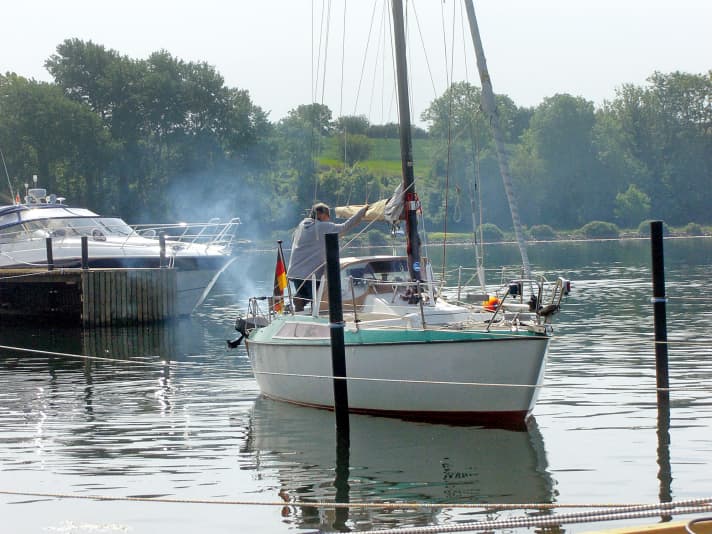
"This is strongly discouraged," explains Frank Abraham, Service Manager at Volvo Penta Europe. "The aim is to bring the engine up to temperature as quickly as possible, which is not possible when idling and under no load. And the thermostat doesn't even open in dual-circuit cooled engines. Warming up without a load doesn't help at all - except for wear and tear," says the expert. Of course, you shouldn't put the cold engine under full load straight away either.
However, if this is necessary, for example because you have to sail directly into a current after casting off, you can shift into gear while still on the jetty. However, not every harbour operator will be happy about this.
Conclusion: It is a myth that an engine has to warm up.
Winterise with schnapps!
The rumour persists: cheap grain as frost protection for the drinking water system
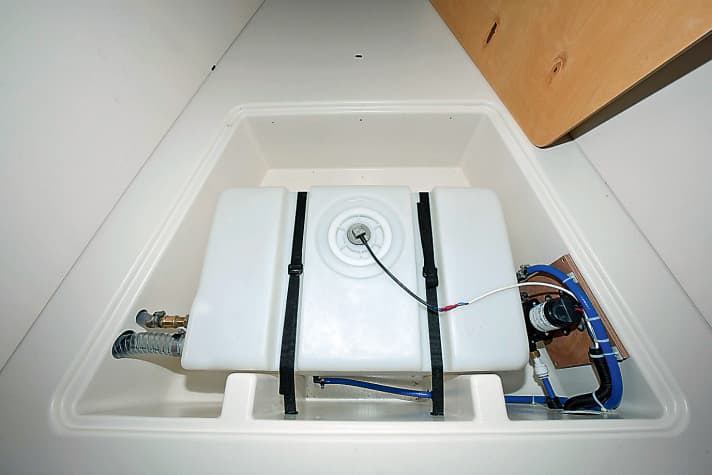
A litre of non-toxic antifreeze for drinking water systems costs around 4 euros; a three-quarter litre bottle of Korn costs 6 euros. So there are no savings to be made, but grain makes no sense technically either. The membranes in the drinking water pumps are made of Santoprene. This is a permanently elastic plastic, but it is only partially resistant to alcohols. In addition, the alcohol volatilises over time, leaving behind the remaining components of the alcohol, which can stick to the membranes.
Conclusion: This clever idea belongs in the realm of myths

